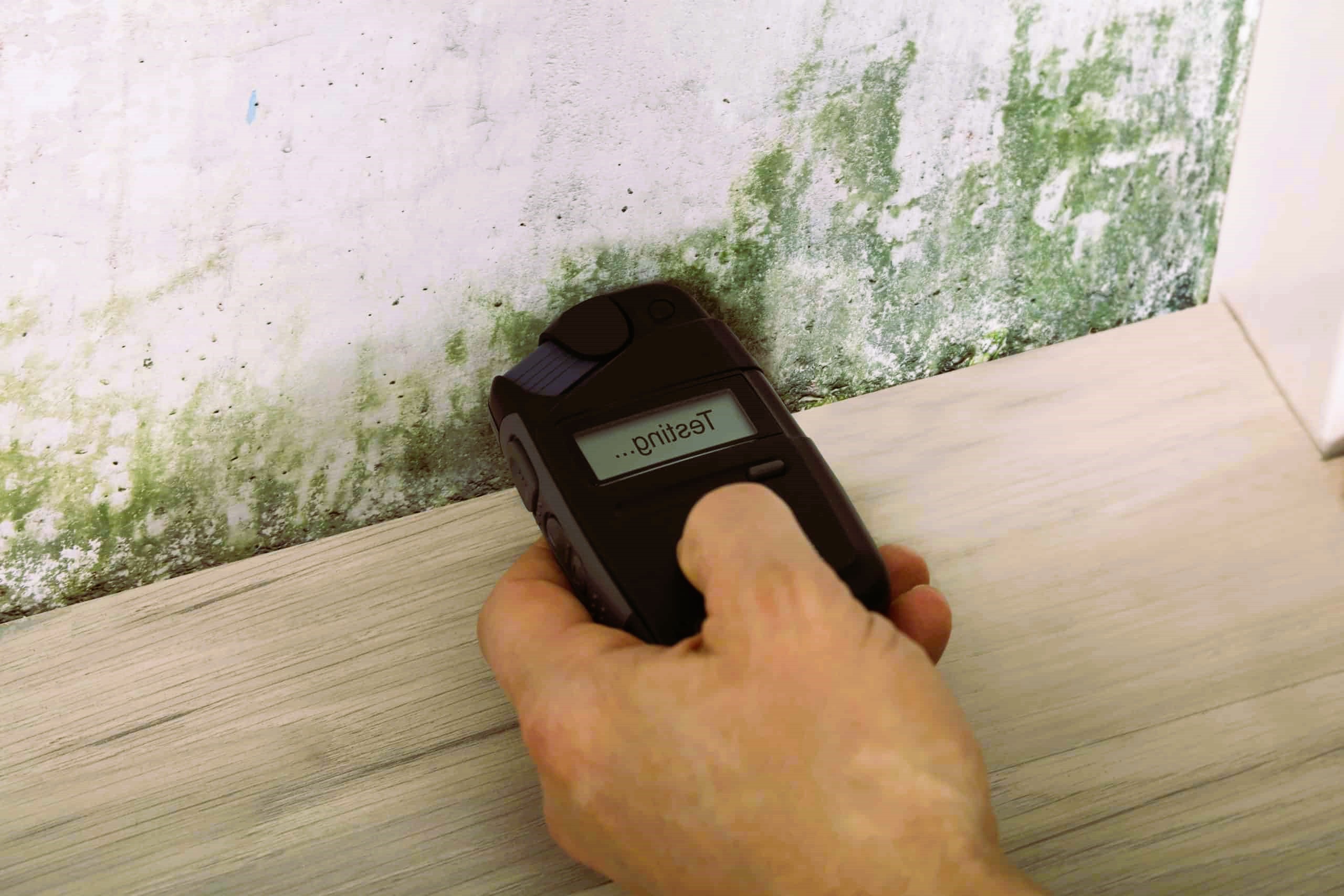Mold infestation is a common issue in households and workplaces, posing potential health risks and structural damage. Homeowners often seek cost-effective solutions to assess and address mold problems. DIY Mold Testing Kits have emerged as a popular option, allowing individuals to test for mold without professional assistance. This article aims to explore the efficacy of these kits, their advantages, limitations, and the importance of adhering to standard testing procedures.
The Rise of DIY Mold Testing Kits:
DIY Mold Testing Kits have gained popularity due to their convenience and affordability. Homeowners can purchase these kits from various retailers and online platforms, claiming to provide accurate results without the need for professional intervention. The kits typically include sampling materials, detailed instructions, and sometimes even analysis services.
Advantages of DIY Mold Testing Kits:
- Cost-Effective: DIY kits are generally more budget-friendly than hiring professional mold inspectors. This makes them an attractive option for individuals looking to save money while addressing potential mold issues.
- Convenience: The convenience of conducting mold tests without scheduling appointments or waiting for professionals is a significant advantage. DIY kits allow homeowners to collect samples at their own pace and convenience.
- Quick Results: Many DIY Mold Testing Kits promise quick results, providing homeowners with immediate feedback on the presence of mold in their environment. This rapid turnaround time can be crucial for those seeking timely solutions.
- Educational Value: Using a DIY kit can be an educational experience for homeowners. The process of collecting samples and interpreting results may enhance awareness about mold and its potential health implications.

Limitations of DIY Mold Testing Kits:
- Accuracy Concerns: One of the primary concerns associated with DIY kits is their accuracy. Mold testing requires precision, and improper sample collection or analysis may lead to misleading results. Professionals often emphasize the importance of using standardized procedures for accurate testing. Insurance against mold damage, read more in our article.
- Limited Expertise: Homeowners lack the expertise and experience that professionals bring to mold inspections. Identifying specific types of mold and understanding the severity of an infestation requires a level of knowledge that DIY kits may not provide.
- Inadequate Sampling: DIY kits may not cover all potential mold sources within a property. Professionals employ comprehensive methods to ensure thorough sampling, whereas DIY kits may only target visible areas or specific rooms.
- False Sense of Security: Relying solely on DIY testing may create a false sense of security. Even if a kit indicates no mold presence, there may be hidden or airborne mold that goes undetected without professional assessment.
The Importance of Standardized Testing Procedures:
To address the limitations of DIY Mold Testing Kits, it is crucial to emphasize the significance of adhering to standardized testing procedures. The International Organization for Standardization (ISO) provides guidelines and standards for mold testing. Utilizing these standards ensures uniformity and accuracy in the testing process.
DIY Mold Testing Kits offer a convenient and cost-effective way for homeowners to assess potential mold issues. While these kits have advantages, it is essential to acknowledge their limitations and the importance of standardized testing procedures. For comprehensive and accurate results, especially in cases of extensive mold infestations, consulting with a professional mold inspector remains the recommended course of action.
For more information on standardized testing procedures and guidelines, refer to the International Organization for Standardization (ISO) website.


